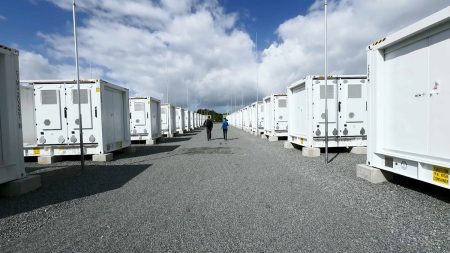In today’s digital world, access to the internet and digital devices has become a necessity rather than a luxury. However, many individuals, especially those from low-income households, are often unable to afford or access these resources. This digital divide exacerbates existing inequalities and further marginalizes vulnerable populations. People without internet or devices may struggle to pay bills, attend online classes, or apply for jobs, limiting their opportunities and resources. This digital neglect is a modern form of discrimination that disproportionately affects those who lack digital access, hindering their ability to fully engage with society.
The lack of digital access can perpetuate cycles of poverty, financial exclusion, and in-work poverty. Without internet access, individuals may struggle to manage their finances, access online banking services, or advance in their careers as industries become increasingly automated. Digital literacy is also crucial in bridging the gap between those who can effectively utilize online resources and those who cannot. Digital systems designed to deliver welfare services may further exacerbate inequalities, as automated systems may overlook individual circumstances, leading to inadequate or incorrect evaluations and ineffective assistance. This form of automation can marginalize those already struggling and create barriers to accessing social protection.
The economic impact of digital-induced poverty extends beyond individual livelihoods and affects the overall health of the economy. Addressing digital inequality requires a multidimensional approach that includes policy-level changes and community-based initiatives aimed at promoting social inclusion. Efforts to create a truly inclusive digital society should prioritize providing individuals with the tools, skills, and opportunities to engage meaningfully with the digital world as well as securing in-person services, options, and alternatives. Only through comprehensive strategies can deep-rooted inequalities be addressed and society be united in combating digital neglect and promoting dignity for all individuals.
The digital divide disproportionately affects vulnerable groups such as single mothers, the homeless, the elderly, and those living in rural areas, where poor digital infrastructure amplifies the issue. Being offline is often not a choice for these individuals but a consequence of economic austerity and systemic exclusion. The inability to access the internet further exacerbates poverty, social isolation, and exclusion, making it essential to explore solutions beyond digital platforms. Technologies developed with good intentions can unintentionally reinforce inequalities, as seen in welfare systems that rely on digital platforms. Addressing the issue of digital access and literacy is crucial in empowering individuals to fully engage in the digital ecosystem and break free from cycles of poverty.
The economic impact of digital-induced poverty is intertwined with societal well-being, emphasizing the need for comprehensive strategies to address the digital divide. Efforts must focus on providing individuals with the necessary tools, skills, and opportunities to engage meaningfully with the digital world and secure in-person services, options, and alternatives. Creating a truly inclusive digital society requires a collaborative approach that prioritizes social inclusion and uplifts fundamental rights for all individuals, ensuring that no one is left behind. The fight against digital neglect is a collective endeavor that requires a united effort to combat inequalities and promote dignity for everyone.













